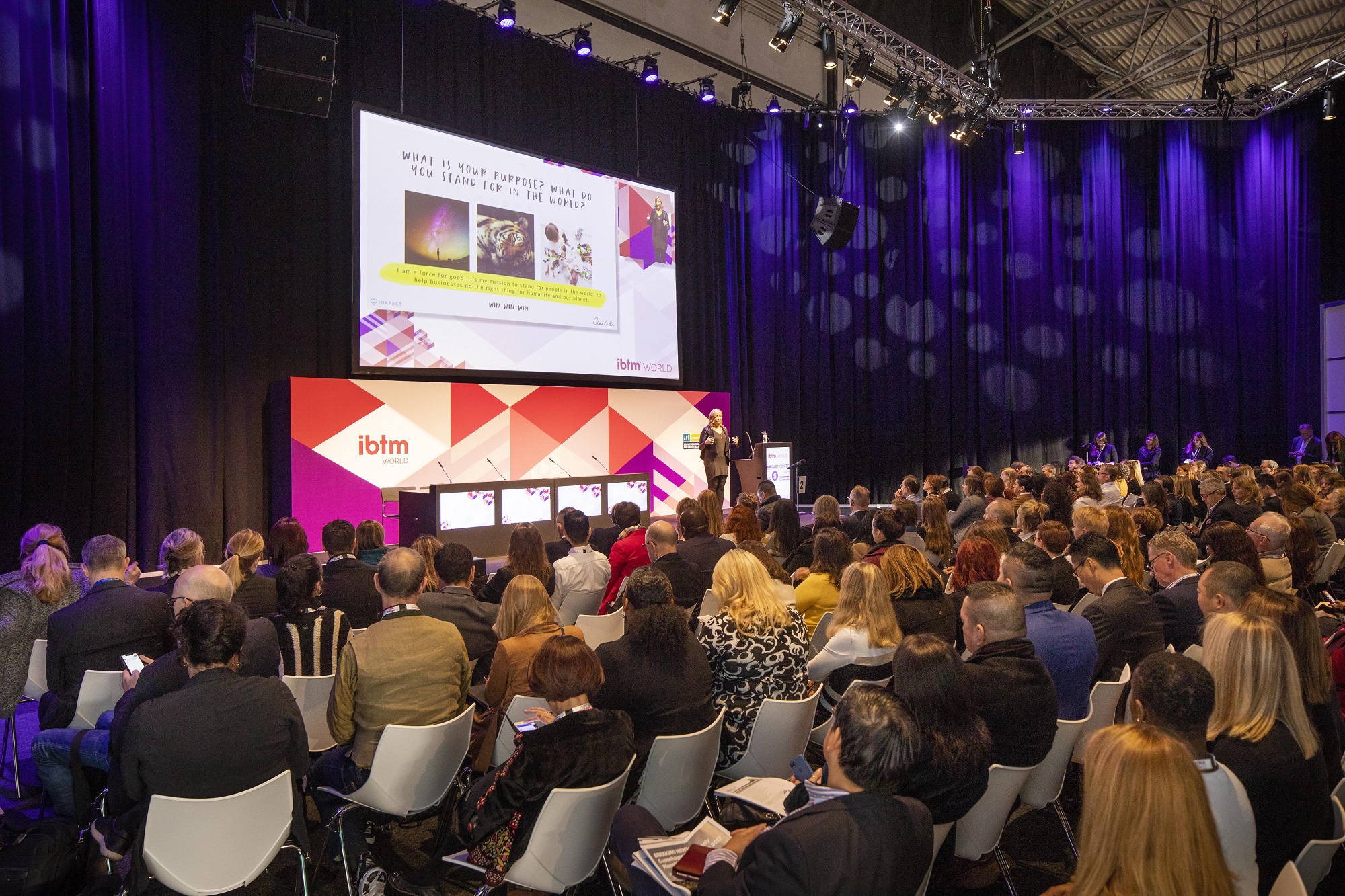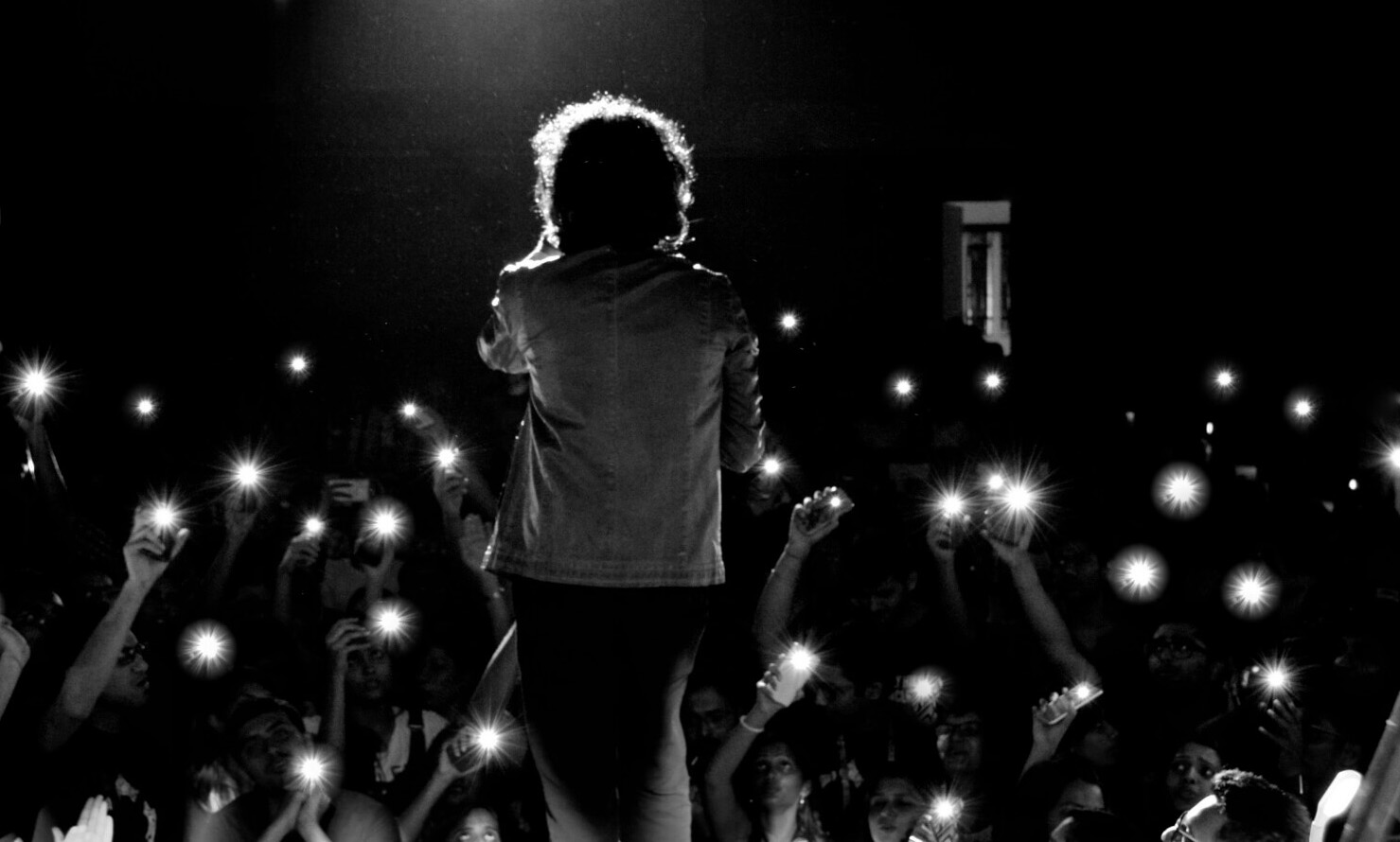A new branch of physiotherapy called “inactivity physiology” has rocked the office world. Scientists have worked out what is really happening to us physically and physiologically when we sit for hours on end – some even claim that sitting for long periods (more than six hours a day) is as bad for our health as smoking cigarettes.
Consider the following facts about sedentary work:
• Sitting down for longer than 45 minutes without getting up reduces your metabolic rate by half.
• Poor posture especially in the abdominal cavity will slow down your digestion, reducing muscle contractions of the larger intestine.
• The enzyme lipase, which converts fat into glycogen, stops being produced after an hour of sitting.
• Gluteal amnesia occurs after an hour. The large buttock muscle neurologically inhibits or switches off. This means no more protecting or support for your back.
• You place eight times more pressure on your lumbar spine when you sit than when you stand.
I suggest revamping the office environment to include some work stations that allow you to stand and work. Standing requires that you burn twice the amount of calories and double your metabolic rate, as you require 320 muscles or more when standing. When standing, there is less stress on the back.
When standing, think about the following:
• Are you standing on your heels?
• Are your knees soft and not locked out?
• Is your pelvis and abdominal area slightly drawn in and lifted?
• Is your sternum and rib cage elevated and expansive?
• Are your shoulders as wide as they can be?
• Is the back of your neck long and supportive?
Watch how much more energy employees have as their metabolic rate jumps up. A recent study at Banana Republic in the US saw the front of office staff burn twice as many calories as the operating staff in the back office just because they stood for most of the day.
The next issue is your own work station. Don’t worry about chairs. The most ordinary chair will be sufficient. Don’t get your staff comfortable in their chairs! They need to get up every 45 minutes to move and twist and reach and extend and go to the water cooler to drink a glass of the cheapest medicine in the world – water! Water transports oxygen to your cells and more importantly, it removes waste and sewage out of your cells and back to the liver and kidneys for elimination.
At your chair:
• Your knees should always be below your hips
• Do not cross the legs as this will misalign your pelvis
• Use a simple hard foam cushion under your sitz bones (“tailbone”)
• Don’t lean into the back rest of the chair. Use your back muscles to support your spine
• Every 20 minutes look away from your screen to focus on objects in the distance for at least 10 seconds so as not to strain your eyes
The best advice is to encourage a more active work environment. This does not cost much, it is purely a mindset that works for everyone involved. Promote an atmosphere of wellness and healthy behaviour (such as regular stretching exercises) and watch how quickly the staff productivity and mood will change. This can change the way you work and how you feel about work.
Chris Watts is an internationally renowned leader and pioneer in clinical stretch therapy based in Hong Kong. Contact Chris on chris@chriswatts.biz or visit www.chriswatts.biz.


